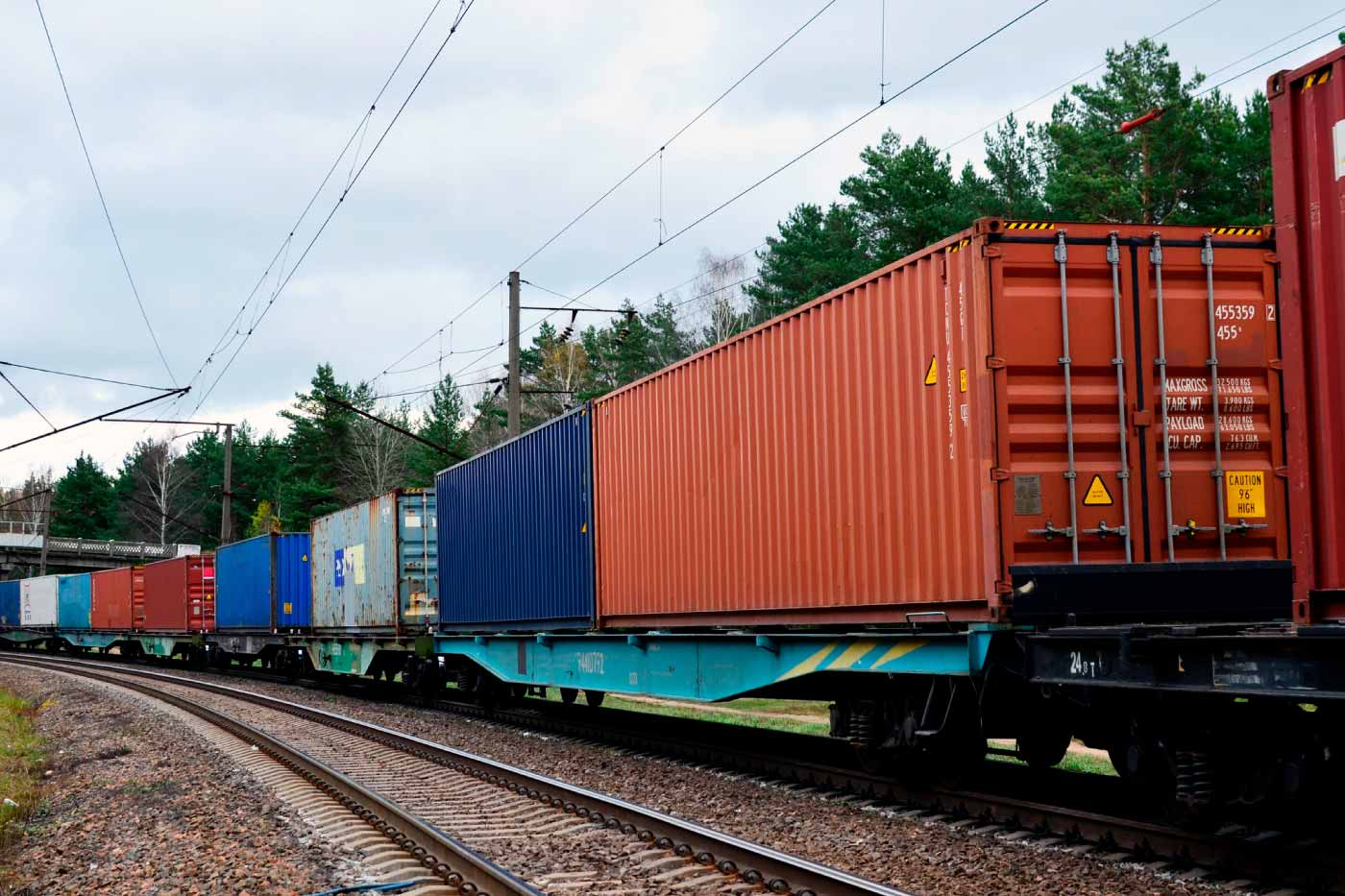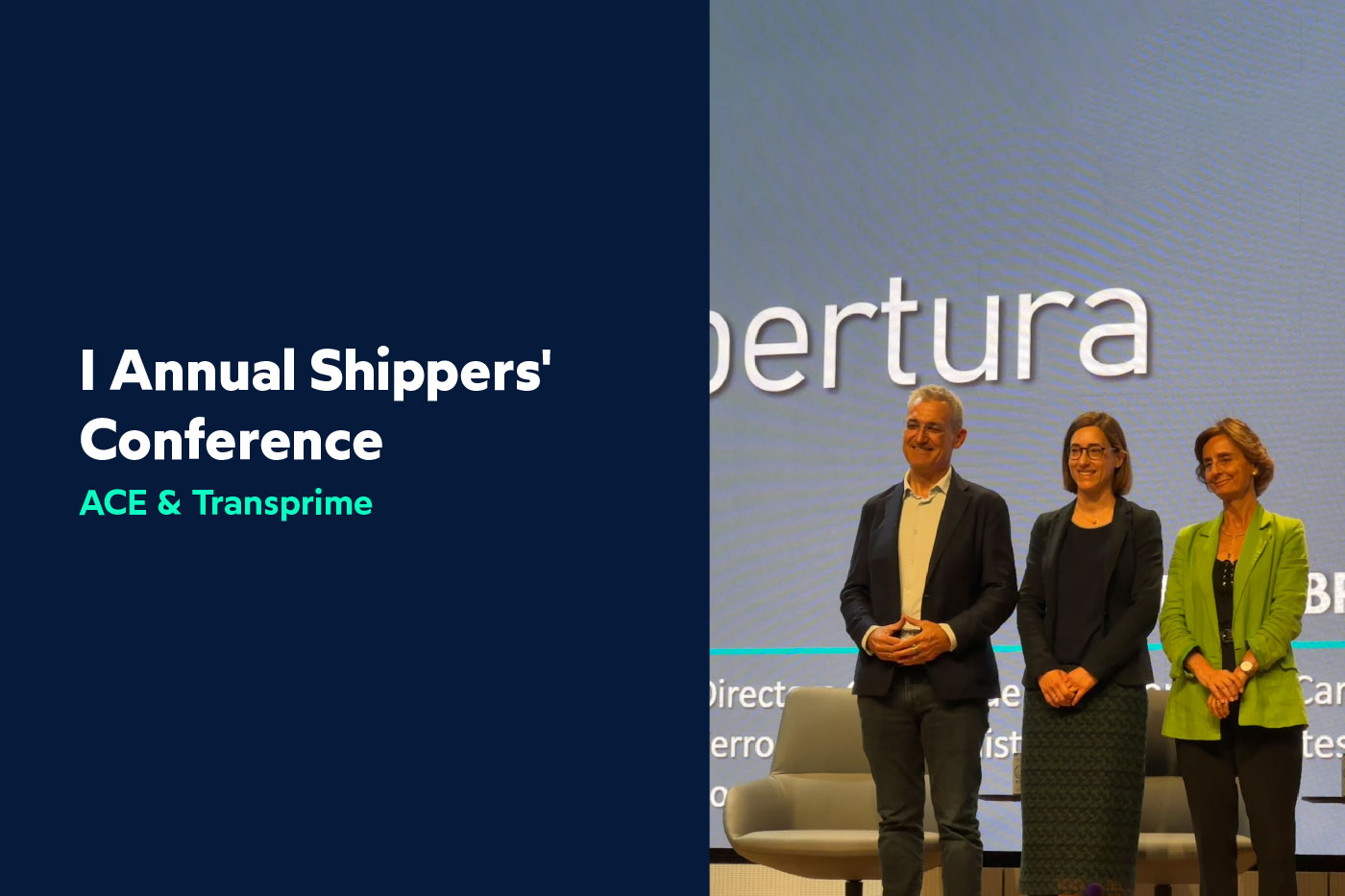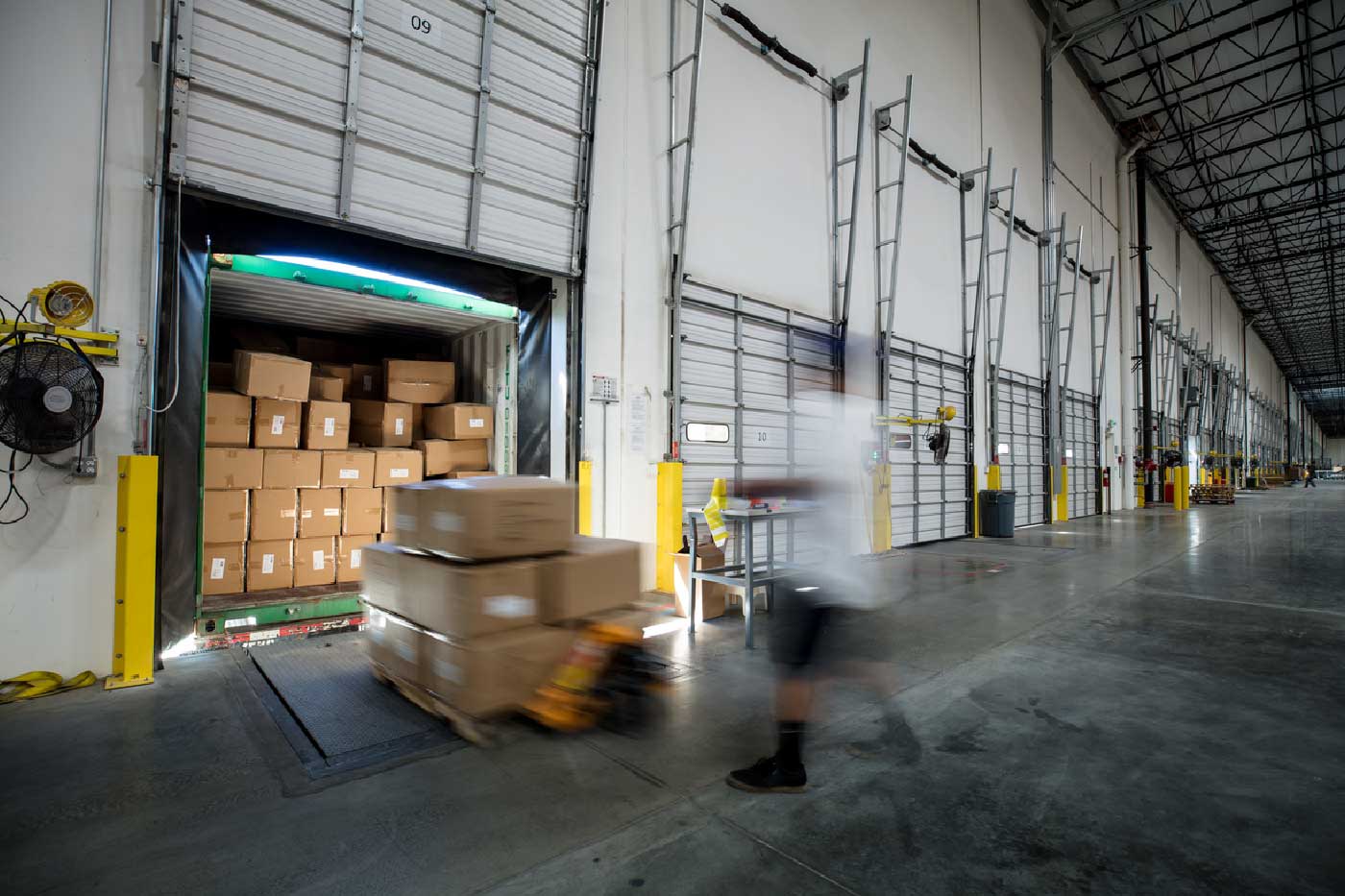Freight rail has a very important role to play in supply chains, both for its impact on reducing emissions and for other factors, such as the reliability it offers.
In recent years, the plans of the different administrations to promote the transfer of goods from road to rail in order to reduce polluting emissions from logistics activities and reduce road congestion have multiplied in recent years.
However, there are some barriers to the growth of rail freight, mainly related to existing rigidities in the market.
A recent study by Aecoc shows that 98% of Spanish companies in the FMCG sector believe that rail has a decisive role to play in decarbonizing supply chains.
But, at the same time, only 41% of all of them use rail in their logistics and transport operations. Moreover, all of them only use trains to move their goods on a residual basis, not with the necessary regularity.
In short, there seems to be interest in taking advantage of the externalities offered by rail to reduce the carbon footprint of the logistics sector, but, at the same time, some barriers prevent this mode from becoming an efficient alternative.
Barriers to railroad development
In this sense, the main barriers, as Aecoc’s work points out, are related to the lack of flexibility of the railroad, the scarce existing market supply and the transit times of the mode.
The very market structure of the railway sector is not conducive to greater competitiveness, while the preponderance of passenger transport relegates freight to a secondary position.
Thus, if rail aims to reach, as the Government intends, a modal share of 10% by 2030, it is desirable to promote greater flexibility, operational improvements and a greater degree of freedom to allow more competition in the market.
In this way, rail freight transport will be able to provide more benefits for its users, beyond the simple reduction of pollutant emissions.
It can thus become an efficient and environmentally valuable alternative for moving large volumes of goods.
Visibility to improve rail operations
The aforementioned Aecoc study indicates that the main advantages of freight rail, in the opinion of Spanish FMCG companies, are related to its sustainability and reliability.
In front of the road, the railroad offers greater regularity in trafficThe system is designed to prevent possible traffic jams that trucks may encounter on the most congested roads. increased capacity to transport large volumesThe longest compositions that can currently be used, with 750 meters, are particularly useful.
In order to take advantage of these two benefits, among others, it is essential to achieve greater integration of the rail mode in intermodal supply chains, in order to avoid possible disruptions that could negatively affect operations.
In this sense, new technologies have a key role to play in facilitating the integration of rail into the supply chain.
Specifically, visibility tools have a great potential to remove some of the main shortcomings of rail, such as its lack of flexibility, from being an obstacle to the development of this fundamental mode of logistics operations.
FIELDEAS Track and Trace for rail services
FIELDEAS Track and Trace is a comprehensive supply chain visibility tool that also has a module specially designed for rail freight.
FIELDEAS Track and Trace integrates data collected in any mode to channel it in real time into key information that provides complete visibility of the supply chain, with no blind spots.
The tool harnesses the full analytical power of specially developed algorithms to take full control of intermodal supply chains that put the customer at the center and operate in an agile, efficient and resilient manner by making decisions based on real-time information.
FIELDEAS Track and Trace allows you to track goods in any mode, whether by road, sea, air freight and rail services.
The rail mode in particular requires software applications that allow reliable tracking of goods with modules specially designed for this mode of transport.
In this regard, FIELDEAS Track and Trace easily and accurately integrates all records generated in any mode for complete end-to-end visibility in even the most complex and lengthy intermodal supply chains. even in the most complex and long intermodal supply chains.
FIELDEAS Track and Trace is the ultimate tool for managing the visibility of intermodal supply chains, with capabilities to track goods with real-time information regardless of the mode of transport used.











